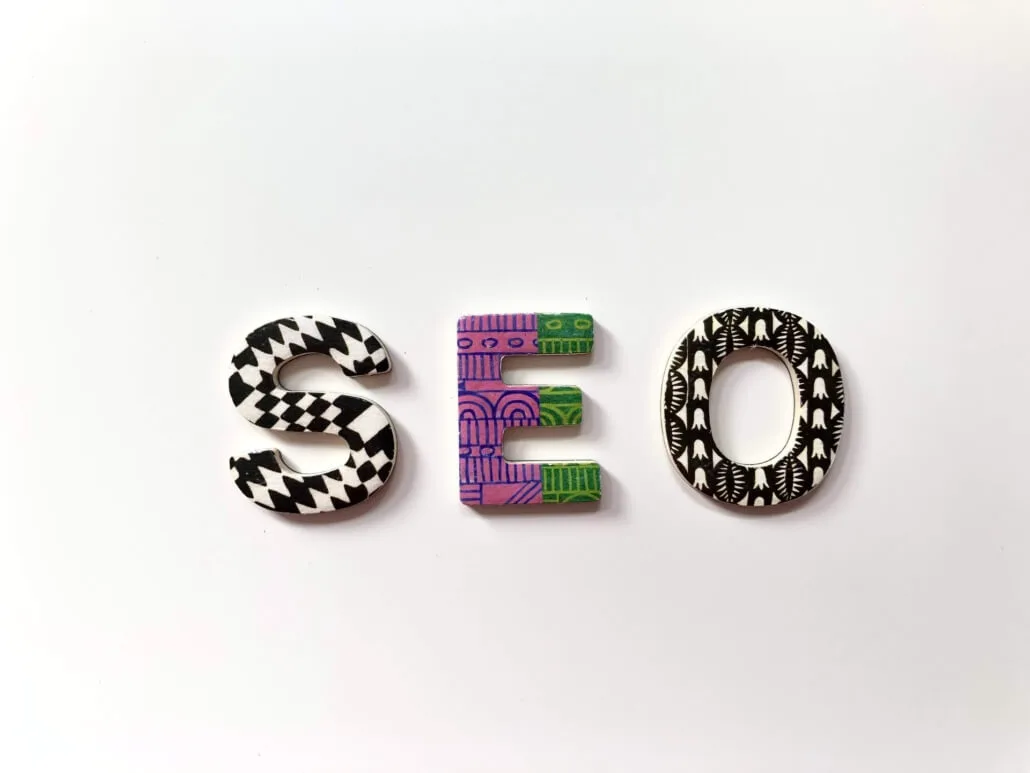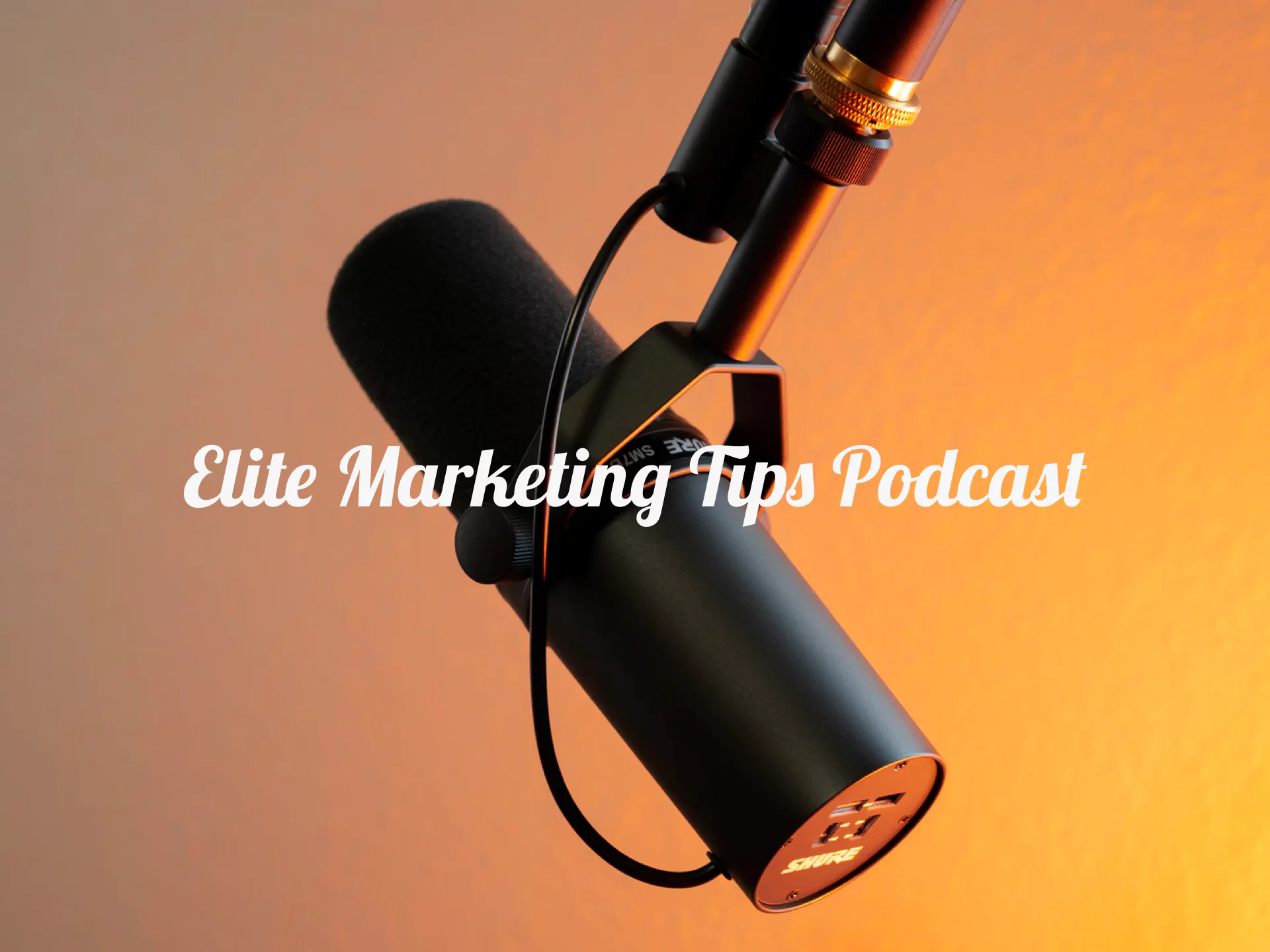Originally published July 16, 2021 , updated on April 17, 2025
E-commerce is booming and every second potential buyers are scrolling past countless products. The question you should be asking yourself is, how do you make them stop at yours. With more people shopping online each day, a weak product description means lost sales. If your descriptions don’t grab attention and convert instantly, your competition will.
In 2024, Statista.com reports that over five billion people were actively online, with this number expected to continue growing.
With 24 million online stores and e-commerce sales soaring past $4.1 trillion, standing out isn’t a challenge, it is survival. The right words can mean the difference between a lost visitor and a loyal customer. That’s why we have put together 10 powerful tips for writing product descriptions that sell. This way your products don’t only get seen, they get bought.
What Is a Product Description?
A product description is a detailed and compelling explanation of a product’s features, benefits and unique selling points. It’s crafted to attract customers and drive conversions. To write product descriptions that sell, you must be well-versed in the intricate language of copywriting and this comes with many skills attached to it.
The Importance of Product Descriptions
Product descriptions are essential for converting browsers into buyers. They provide customers with the information they need to make confident purchasing decisions while also serving as a powerful marketing tool. A compelling product description not only highlights key features and benefits but also builds trust and communicates value.
A well-written description can set your product apart in a crowded marketplace, making it clear why it meets the buyer’s needs. Additionally, product descriptions that sell are often optimized for SEO, increasing visibility on search engines and driving organic traffic to your site.
Why Product Descriptions Matter:
- Drive conversions – Clear and persuasive descriptions help customers make informed decisions. Providing thorough details on the features, benefits and use cases of your product guides potential buyers through their purchasing journey. The more confidence they have in their choice, the more likely they are to complete a purchase. This reduces hesitation and improves conversion rates, turning casual browsers into loyal customers.
- Build trust – Professional and detailed content reassures buyers of the product’s quality. When your product descriptions are well-written and reflect accurate, reliable information, customers feel more confident in their purchases. Providing specifications, customer reviews and clear explanations of your product’s value establishes credibility, making your brand appear more trustworthy. Trust is a key driver of repeat business and positive word-of-mouth marketing.
- Enhance SEO – Well-optimized descriptions improve search rankings and attract organic traffic. Incorporating relevant keywords and phrases increases the likelihood of your product appearing in search engine results. This helps potential customers discover your product when they’re actively searching for similar items. Additionally, having unique, high-quality descriptions can decrease bounce rates and encourage visitors to stay longer on your site, further boosting your search engine rankings.
- Differentiate your product – A unique, engaging description highlights what makes your product special. Instead of simply listing features, a compelling product description tells a story about why your product is different from the competition. It can emphasize unique selling points or innovative aspects that set your product apart. A strong description grabs attention while creating a lasting impression that drives purchasing decisions.
- Improve user experience – Easy-to-read, informative content keeps potential buyers engaged. A well-organized, clear description helps customers quickly understand the value of your product without feeling overwhelmed. Using bullet points, headings and concise paragraphs enhances readability and ensures that essential information is easy to find. A positive user experience increases the chances of customers staying on your site longer, leading to a higher likelihood of purchase.
By implementing these principles and following key tips for writing product descriptions, businesses can create compelling copy that drives real results.
Tip 1: Know Your Audience

There’s no point in writing creative and original descriptions for your goods or services if you don’t completely understand your audience. To do this, you can build out detailed audience personas.
For example, REI, an outdoor retail company, created an audience persona based on their ideal customer: the “Outdoor Explorer,” a person passionate about outdoor activities, sustainability and adventure. This persona helped REI tailor their marketing and product offerings to customers who value quality gear, environmental responsibility and expert advice. By understanding the persona’s interests and pain points, REI creates content that resonates, such as eco-friendly gear recommendations and outdoor adventure tips. This approach has enabled them to build a strong community of loyal customers and drive sales.
How To Create an Audience Persona
Add details such as age, income brackets, career paths, gender and how and where they spend their money. You can even give your personas names. This will help you better understand your audience and how they like to receive information. It will also help you decide the language to use to write product descriptions that sell and what elements of your product to highlight.
Tip 2: Use Your Own Words When Doing Product Description Writing
It’s tempting to use the common descriptions and generic sentences you often find on similar products. It’s also tempting to use the product manufacturer descriptions if you are selling goods or services that you don’t directly manufacture or offer. But don’t do it. Product descriptions that sell are usually written in one’s own words.
Use your audience’s personas as a guide, as well as your brand voice, to craft insightful and informative descriptions. Professional product description writing services have this formula down to a tee and can guarantee unique product descriptions that sell.
For example, Patagonia’s product description for their Better Sweater® Fleece Jacket reads:
“Made with 100% recycled polyester fleece, the Better Sweater® combines warmth, style and eco-conscious design. Whether you’re layering up for a chilly morning hike or lounging by the campfire, this versatile piece offers comfort without compromise. Fair Trade Certified™ sewn and built to last, it’s our favorite way to stay cozy while treading lightly on the planet.”
This description uses Patagonia’s unique brand voice, emphasizing sustainability and versatility; key values that resonate with their environmentally-conscious audience.
Tip 3: Don’t Be Scared of Creative Writing
Don’t be boring in your writing. Before you publish any descriptions, read them out loud to yourself. If you find your writing boring, your audience will, too. Try adding some comedic relief as people relate to humor. A humorous line or two in your copy will elicit a laugh from a reader. This goes a long way toward building loyalty and keeps people coming back for more. If you can’t come up with these creative pieces yourself, you could always hire a professional product writing company for assistance.
Tip 4: Don’t Be Vague
E-commerce content writing and product descriptions need to be specific. When a potential client or customer lands on your product or service, they want to know exactly what it entails. Don’t only talk about how amazing the product is. State-specific details about it too.
For example, if you sell website themes for businesses, get into the details of each theme. Don’t simply say, “This website theme is beautiful and will change the way online users use your website”. Instead, say, “This beautiful neutral-color theme has been designed to be completely user-friendly. With a clear layout and design, users will easily be able to find the information that they are looking for.” The latter gives more detail while still relaying the same message.
Tip 5: Optimize Your Product Description Writing for Mobile

A clear trend in the e-commerce world is the increased use of mobile devices. Almost 78% of e-commerce website visits come from mobile devices and smartphones. With the widespread penetration of mobile devices across the world, this number looks set to increase over the next few years.
Mobile-friendly description ensures a seamless user experience, reducing bounce rates and boosting conversions. To achieve this, keep text concise, scannable and engaging — use short paragraphs, bullet points and compelling headlines. Prioritize fast-loading images and responsive design to enhance readability. Incorporating clear benefits and a strong call to action will maximize impact and drive sales.
Tip 6: Break Product Descriptions Up Into Chunks
Readability is key to crafting product descriptions that sell, as clear and engaging text keeps shoppers interested and drives conversions. If a description is cluttered or difficult to scan, potential customers may lose interest and move on.
To enhance readability, use short sentences, simple language and well-structured formatting with bullet points and headings. Break up large blocks of text and highlight key benefits to make information easy to absorb at a glance. A well-structured, reader-friendly description ensures customers quickly understand the product’s value, increasing the likelihood of a purchase.
Tip 7: Talk About The Benefits
Including benefits in your product descriptions is essential for turning features into real value for the customer. Instead of just listing specifications, explain how the product improves the user’s life. The best way to do this is by pairing each feature with a direct benefit.
For example, instead of saying “This water bottle has double-wall insulation,” reframe it as “The double-wall insulation keeps your drinks cold for 24 hours, ensuring refreshment on the go.” This approach makes the description more engaging and persuasive, increasing the likelihood of a sale. It’s one of the most important tips for writing product descriptions and one that content writing services have perfected.
Tip 8: Don’t Over Promise
Everyone has described their goods or services as “life-changing”, “revolutionary” or “market-leading”. These words are often used across the e-commerce world and unless your product or service really is life-changing, avoid these terms.
Instead, use words and phrases that are accurate to your product or service. If your newsletter template business makes life easier for your client and your client’s audience, then say that. Be honest with yourself and your audience about what you sell and offer.
Tip 9: Remember to Optimize for SEO

When writing a product description, it’s essential to optimize for SEO to ensure your product is discoverable by search engines and potential customers. To do this effectively, incorporate relevant keywords naturally throughout the description — think about what terms your target audience is likely to search for. Use these keywords in the product title, bullet points and the body of the description without overstuffing.
Additionally, include related terms and long-tail keywords to capture a broader audience. Remember to optimize images with descriptive alt text and ensure the page loads quickly. Aligning your product description with SEO best practices will help you enhance visibility and drive more organic traffic to your product page, ultimately increasing sales.
Tip 10: Do Tests on Your Product Description
It’s important to test your product description writing to see what works and what doesn’t. Write two versions and test each one. This split test will show you which description works best for your audience.
Use different phrases for each one to see what your audience engages with more. You won’t have to do this for every description. A few tests at the start should dictate the format and outline of your descriptions going forward.
Product Description Template
[Product Name]
Short, catchy tagline or key benefit
Overview:
A brief, engaging introduction highlighting the product’s main purpose or unique selling point.
Key Features:
- [Feature #1]: Explanation of the feature and how it benefits the user.
- [Feature #2]: Explanation of the feature and how it benefits the user.
- [Feature #3]: Explanation of the feature and how it benefits the user.
Benefits:
- [Benefit #1]: How this product will make the customer’s life easier, better, or more enjoyable.
- [Benefit #2]: A direct benefit that resonates with the customer’s needs or desires.
- [Benefit #3]: Another benefit that strengthens the value proposition.
Why Choose [Product Name]?
A final paragraph summarizing why the customer should purchase, emphasizing unique selling points or special offers.
Call to Action:
Encourage the customer to take action (e.g., “Order now and experience the difference!”).
Final Thoughts
Crafting product descriptions that sell is about more than just listing features. It is about connecting with your audience and making the buying decision effortless.
Optimizing for readability, emphasizing benefits and ensuring mobile-friendly formatting, will help you create a seamless shopping experience that boosts engagement and conversions. A well-written product description not only informs but also inspires action, turning browsers into buyers. With the right approach, your words become a powerful sales tool, helping your products stand out in a competitive market.If you’re looking to up your e-commerce game and finally perfect product descriptions that sell, we can help. Goodman Lantern offers expert product description writing services to enhance your efforts.
Contact us to learn more today.
Post Views: 786


















